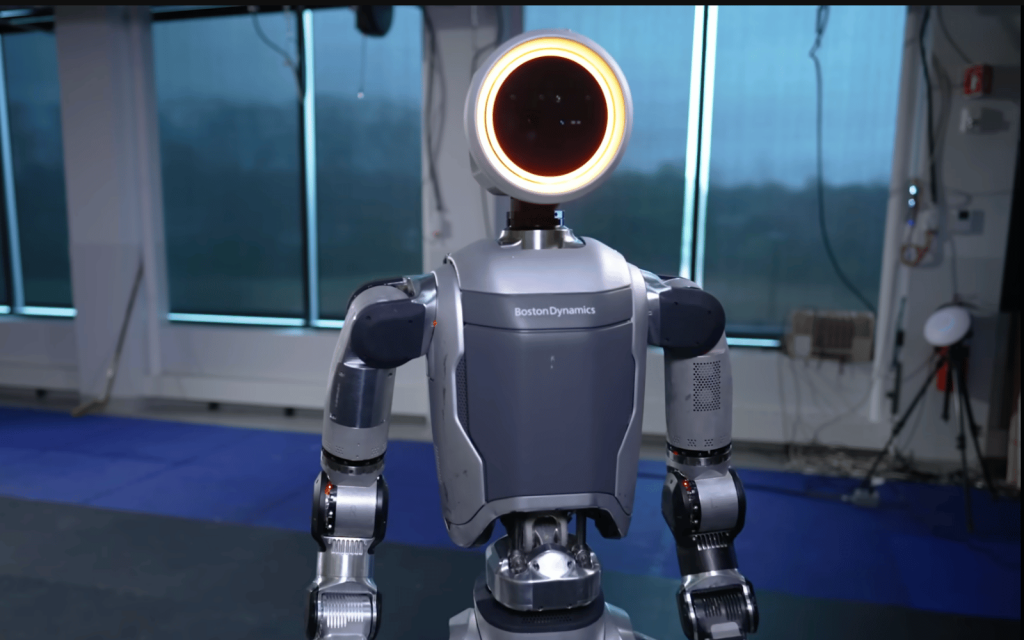When a technology is relatively new, new versions of something really have an impact. Yesterday we saw that Boston Dynamics’ Atlas was being retired. At the time, we noted that the company was being specific about the “hydraulic” version of the robot being put out to pasture. Well, guess what?
There’s a new Atlas in town and while we’ve seen less than a minute of what it can do, it’s still mildly terrifying. It’s not just because the humanoid robot has an articulated head now, either (but that’s not helping). No, it’s the mobility improvements that really sell the whole Skynet thing Boston Dynamic’s got going on here.
Boston Dynamics, what have you done?
There are a couple of serious differences between this version of Atlas and Boston Dynamics’ beloved original. The first is that this model is completely electrical, meaning it shouldn’t have those pesky frailties that put previous robots out of commission when they missed a backflip.
The change means that the new Atlas is a sleeker proposition all around. The bulk, especially around the chest area, has departed, and it looks as though the head has been upgraded to host sensors and cameras in a similar manner to Boston Dynamics’ Spot robots.
There’s more articulation, something easily seen in the brief clip above as Atlas stands up from a completely prone position. It’s able to walk facing both forward and backward, presenting a very menacing aspect. That’s probably the point. Unsettle folks and they’ll talk about it more. It’s all too easy to imagine this robot taking a shotgun blast to the chest and then getting right back up again but it’s far more likely that it’s highly modular. A damaged limb can probably be replaced at speed, possibly by another of Boston Dynamics’ upgraded Atlas ‘bots.
The company has yet to confirm any new capabilities but that’s always been the goal for robots that are “designed for real-world applications”. If you’re sending a human proxy into a disaster area or to a remote location, it should be able to repair itself. Otherwise, what’s the point? Of course, it’ll just make them harder to defeat in the coming Robot Wars but we’ll build that time machine when we get to that Judgement Day.




